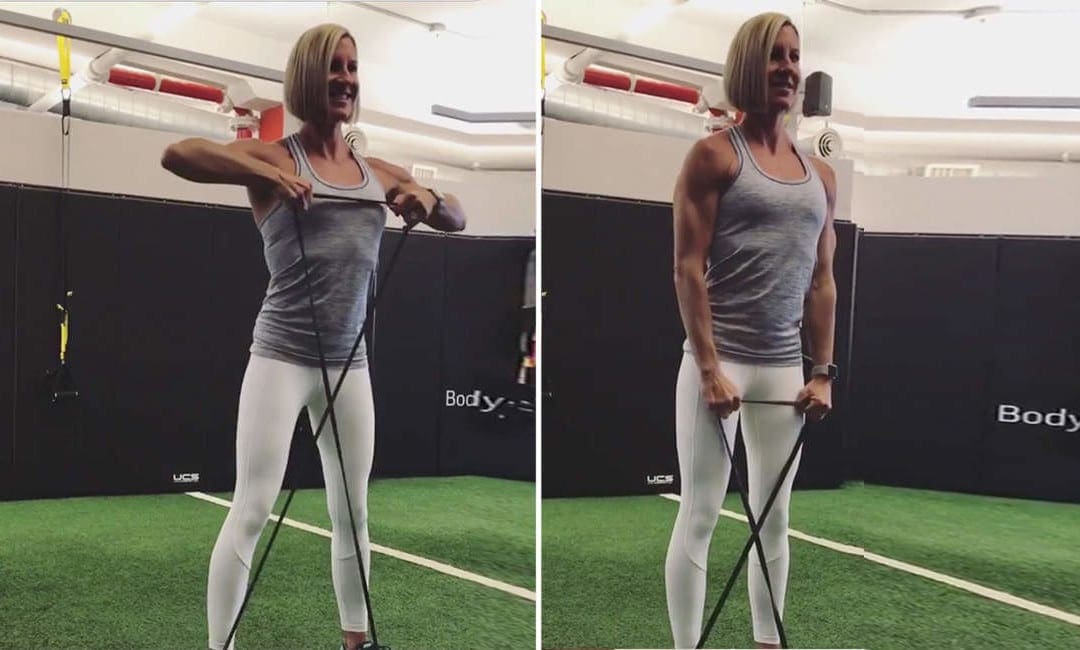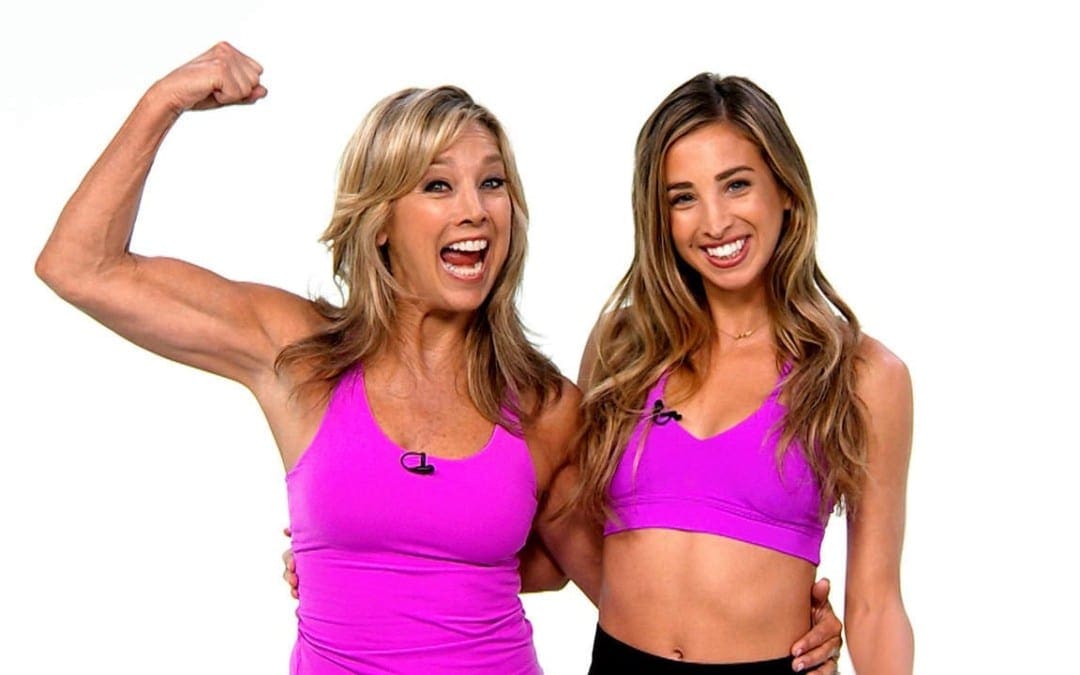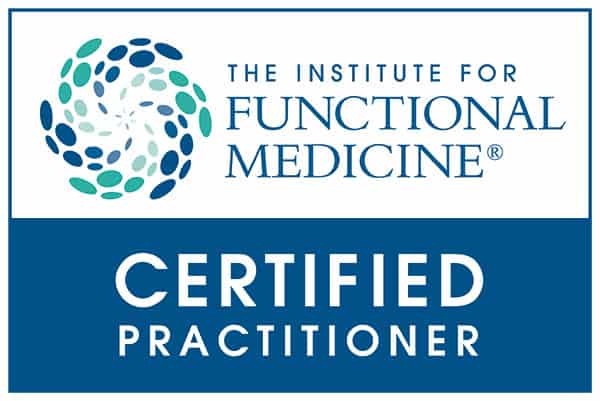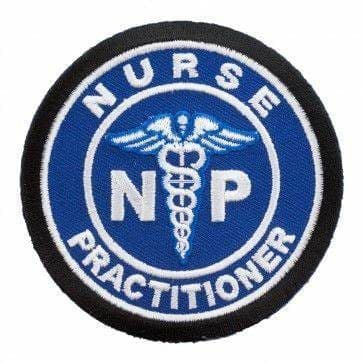
by Dr Alex Jimenez DC, APRN, FNP-BC, CFMP, IFMCP | UTEP (Local) RSS
UTEP’s Lucia Mokrasova finished day one of the heptathlon in first place with 3,474 points at the Conference USA Outdoor Championships on Thursday night.
Mokrasova, the school record holder, ran the second-fastest time of any athlete in the competition in the 100m hurdles to kick off the first day of the conference meet. The junior clocked in a personal best of 13.78.
She followed that by clearing 1.64m in the high jump for 783 points. The junior concluded the field events launching a first-place finish in the shot put with a mark 13.53m. The Slovakia native, closed out the night with a second-place finish in the 200m with a time of 24.66 for 918 points.
Mokrasova holds a 37 point lead over Elizabeth Dadzie of Middle Tennessee, who won this event last year, after day one of the heptathlon. She will continue competing in the heptathlon tomorrow starting at 4:30 p.m. MT.
Also competing tomorrow will be Fayon Gonzales, Abedola Akomolafe and Cierra Chenault in the women’s hammer throw in the first event of the day at 10:00 a.m. Kevin Rincon and Karol Koncos will compete in the men’s hammer throw starting at 12:30 p.m.
Winny Koech and Gladys Jerotich will run the 10,000m final at 8:00 p.m. On the men’s side, Evans Kiprono and Antony Kosgei will compete in the 10,000m final set to start at 8:45 p.m.
For live updates and breaking news be sure to follow @UTEPTrack on Twitter and uteptrack on Instagram.

by Dr Alex Jimenez DC, APRN, FNP-BC, CFMP, IFMCP | Fitness, Health, Wellness
This article originally appeared on People.com.
Ronnie Arond is 93, but she still teaches yoga every week in the basement of her Queens, New York home.
“It’s not a basement; it’s a sanctum sanctorum,” Arond told The New York Times about her unconventional class venue.
Arond first became interested in yoga after her husband encouraged her to take a class back in 1973.
“[I was] a nurse,” Arond, who is a WWII veteran, told 42 Yogis.“I was very physically active, but my husband really encouraged me to try yoga. And I’m thankful for his pushing. I’ve never had such a special movement in my life. It was indescribable what I felt. It was on such a level that was so deep and profound. It was life-changing.”
RELATED: Easy Fixes to Yoga Poses to Protect Your Knees, Neck, and Wrists
Arond started teaching yoga herself — both at her home and her local YMCA — and now has a large following who regularly come for her one-of-a-kind classes infused with her signature sense of humor.
“If I don’t tell a joke, call an ambulance because something’s wrong,” she told the Times. “You can’t have yoga without humor!”
Her basement classes — which cost $10 to attend — are followed by tea and dessert in her dining room.
“The yoga,” she told the newspaper, “is just an excuse for the refreshments afterward.”

by Dr Alex Jimenez DC, APRN, FNP-BC, CFMP, IFMCP | Fitness, Health, Wellness
When it comes to scoring a fit frame, Kira Stokes, creator of The Stoked Method, has definitely mastered all the moves you need. (I mean, have you seen that six-pack?) So it should come as no surprise that we often find ourselves scrolling through her feed for fitspiration. This week it came in the form of Lateral X-band Monster Walks + Upright Row, her SMOTD (or Stoked Move of the Day)—which the celeb trainer says is a great way to warm up the body before you begin your actual workout.
Always skimp on the warm-up? That’s a big no-no. “Equate it to taking a test without studying; the result may turn out ok, but you’re tempting fate,” she explains. “Prepping the body using similar movement patterns to what you will experience during your workout increases your ability to properly activate the muscles, and decreases the likelihood of injury. It also sets the tone for the all important mind-muscle connection.”
RELATED: 24 Fat-Burning Ab Exercises (No Crunches!)
Lateral X-band Monster Walks in particular wake up the gluteus medius and abductors (think front of pelvis, side of hip, and top of butt), which help stabilize and strengthen the hips, pelvis, and lower extremity for optimal performance. (FYI: Runners, this move is a must for you!)
“The lateral movement is super focused—no rotation or hinge, and the band resistance is light, making it a very stable exercise, allowing you to really mind your muscles, preparing both your mind and body for the work ahead,” notes Stokes, who loves resistance bands because they are essentially a “no-excuse” gym in your bag that can be used anywhere, anytime. The Upright Row here recruits the upper body into the mix, readying the shoulders for movement.
RELATED: 11 Best Exercises to Get Strong, Toned Arms
How to do it
Stand tall with feet hip-width distance apart and the arch of each foot on top of a light resistance band. Twist band, to form an “X”, holding the opposite end with both hands; arms hang down in front of thighs with palms facing back.
Keeping legs straight and maintaining a strong core with a slight tuck to the tailbone and butt cheeks squeezed, step the right foot out to the right side, creating tension in the lower part of the band as you simultaneously pull the top part of the band straight up to chest height; elbows should be parallel to shoulders.
As you step left foot in, remembering to keep that hip-width distance between feet, lower arms back down to start.
Repeat entire movement. Do 3 sets of 8-10 reps in each direction, traveling each direction twice.
Make it harder: Trade up to a medium resistance band, or perform it in a squatting position. This tweak transforms the Lateral X-band Monster Walks portion from a prep movement into a meatier move, involving more of the gluteus maximus (AKA the muscle that gives your booty that nice round shape).

by Dr Alex Jimenez DC, APRN, FNP-BC, CFMP, IFMCP | Fitness, Health, Wellness
For many of us, Mom was a role model for healthy habits. Whether she was encouraging you to eat your greens or driving you from soccer practice to ballet class, she probably wanted you to eat well and move often to stay happy and healthy, always.
Now that you’re all grown up (and Mother’s Day is fast approaching!), we figured there was no better way to say thank you to Mom than sweating it out with her. Because who’s a better workout buddy than mama?
We asked our favorite mother-daughter duo, Denise and Katie Austin, to lead us in a partner-friendly workout that can be done anywhere.
Longtime fitness instructor Denise has been motivating women for more than 30 years, and her daughter Katie has followed in her footsteps, racking up more than 94,000 Instagram followers with her motivational feed. No biggie.
RELATED: 10 Yoga Poses To Do With a Partner
In the video above, Denise and Katie will take you through a hardcore 10-minute workout that’s perfect for mothers and daughters to do together. From tricep-toning arm extensions to side lunges that target the booty and outer thighs, the routine will help to firm your frame from top to bottom.
Follow along as Denise and Katie do bicycle crunches and reverse planks; then show you how to do partner exercises that require you and your mother to use each other for support as you complete each move. Too cute.
If you ask us, this quickie routine that tones your arms, abs, butt, and legs is also the perfect opportunity to spend some QT with Mom. And then you can treat yourself to a healthy Mother’s Day brunch. Oh, and once you finish the workout, please promptly proclaim: “I got it from my mama.” Just because.

by Dr Alex Jimenez DC, APRN, FNP-BC, CFMP, IFMCP | UTEP (Local) RSS
The UTEP football team has recorded the second-best Academic Progress Rate (APR) among all FBS programs in the state of Texas, according to the latest figures released by the NCAA on Wednesday.
“We take great pride in the fact that every single player in our program is on point to get their degree and be successful in life,” UTEP coach Sean Kugler said.
The Miners’ APR for the four-year period ending in 2015-16 is 980.
Rice tops the field with an APR of 984, followed by UTEP, North Texas (979), Texas (978), Baylor (973), UTSA (965), Texas A&M (962), TCU (955), SMU (951), Texas Tech (947), Houston (942) and Texas State (940).
The APR measures eligibility and progress toward graduation for student-athletes. The average football four-year APR released on Wednesday is 962.

by Dr Alex Jimenez DC, APRN, FNP-BC, CFMP, IFMCP | Natural Health, Wellness
Despite previous reports, Vitamin D supplements are unlikely to reduce the risk of asthma, atopic dermatitis, or allergies according to a new Canadian study.
Carried out by researchers from McGill University, Canada, and the Lady Davis Institute at the Jewish General Hospital, Canada, team looked at genetic and health data on more than 100,000 participants from previous large-scale studies to determine whether genetic changes associated with vitamin D levels lead to a greater chance of developing asthma, atopic dermatitis (an itchy inflammation of the skin) or high IgE levels (an immune molecule linked to allergies).
Previous research has linked low vitamin D levels to all three of the conditions.
Contrary to these previous results, the new research found no statistically significant differences between people with or without any of the four genetic changes associated with lower levels of vitamin D and rates of asthma (including childhood-onset asthma), atopic dermatitis, or IgE levels.
The team pointed out that the study did have its limitations, including looking only at white populations of European ancestry, and they now recommend further research in non-European populations and those with a vitamin D deficiency.
However, the team’s findings from a recent study using the same participants did suggest that low vitamin D levels increase risk for other inflammatory diseases, with evidence for a causal link between low vitamin D levels and multiple sclerosis, a common neurological disorder more common in white people of European descent and women.
These findings suggest those at risk for multiple sclerosis should ensure that they have adequate vitamin D levels, while researchers concluded increasing levels of vitamin D is unlikely to result in a reduced risk of asthma or dermatitis in adults and children, with lead author of the study Dr. Despoina Manousaki, adding that, “Our findings suggest that previous associations between low vitamin D and atopic disease could be due to spurious associations with other factors.”
The findings can be found published in PLOS Medicine.

by Dr Alex Jimenez DC, APRN, FNP-BC, CFMP, IFMCP | Anti Aging, Probiotics
An Irish study that examined the relationship between dairy intake and bone density found that senior citizens who ate the most yogurt had denser hip bones than those who ate the least.
Researchers examined 1,057 women and 763 men who underwent a bone-mineral-density (BMD) assessment and 2,624 women and 1,290 men who had their physical function measured. All were older than 60 years of age.
Yogurt consumption information was gleaned from a questionnaire and categorized as never, two to three times per week, and more than one serving per day. Other factors that influence bone health were taken into consideration including daily intakes of other dairy products, meat, fish, smoking, alcohol, and other traditional risk factors that affect bone health.
After adjusting for all risk factors, each unit increase in yogurt consumption in women was associated with a 31 percent lower risk of osteopenia (a condition where old bone is reabsorbed into the body faster than it can make new bone) and a 39 percent lower risk of osteoporosis (weak, brittle bones).
In men, the risk of osteoporosis was 52 percent lower in those who ate the most yogurt.
“Yogurt is a rich source of different bone promoting nutrients,” said researcher Dr. Eamon Laird. “The data suggest that improving yogurt intakes could be a strategy for maintaining bone health.”
Other recent studies have found yogurt has some surprising health benefits. Scientists at the University of California, Los Angeles, found that good bacteria like the Lactobacillus strain found in yogurt battle inflammation and can slow, or even stop, the development of cancer. In addition, good bacteria reduced gene damage.
An analysis of 23 randomized studies at Vanderbilt University Medical Center found that using probiotics improved the symptoms of people with seasonal allergies. Researchers theorize probiotics change the composition of bacteria in the intestines in ways that modulate the body’s immune response and stop it from reacting to pollen and other allergens.












